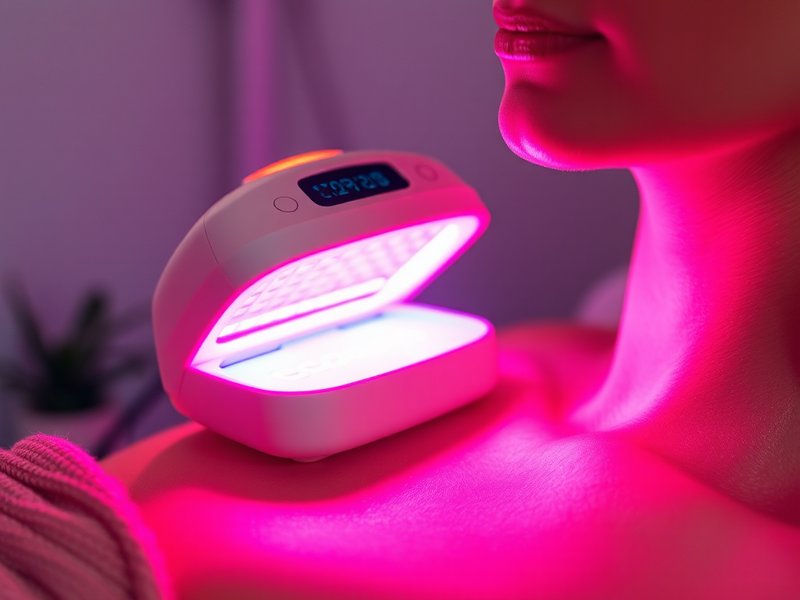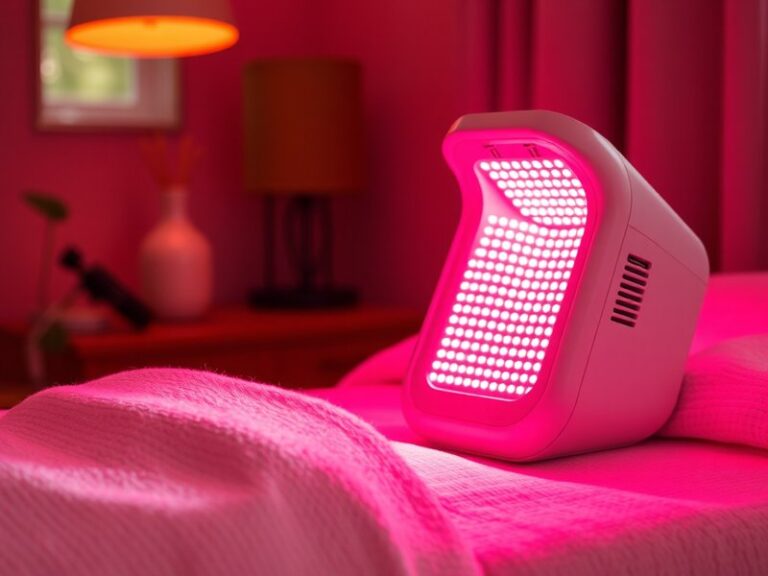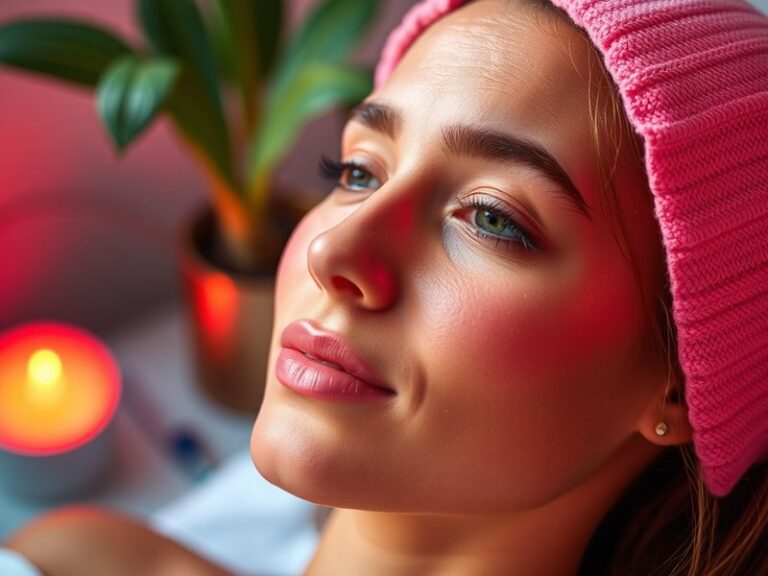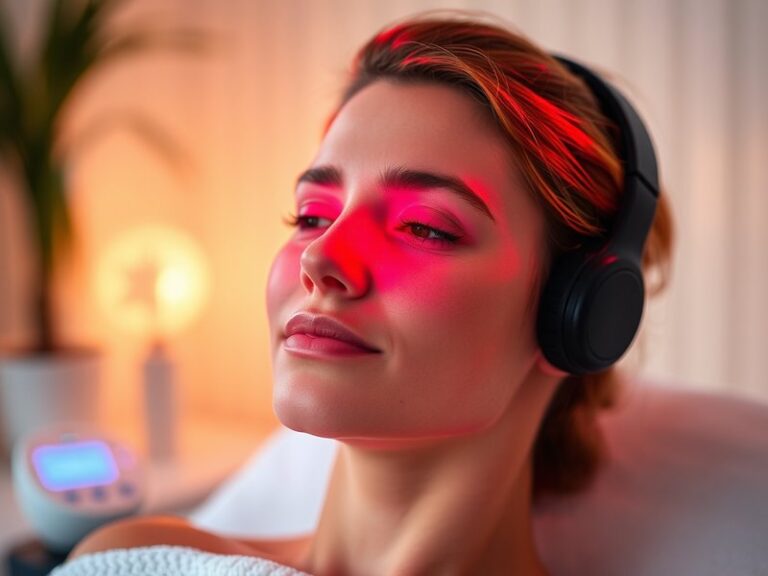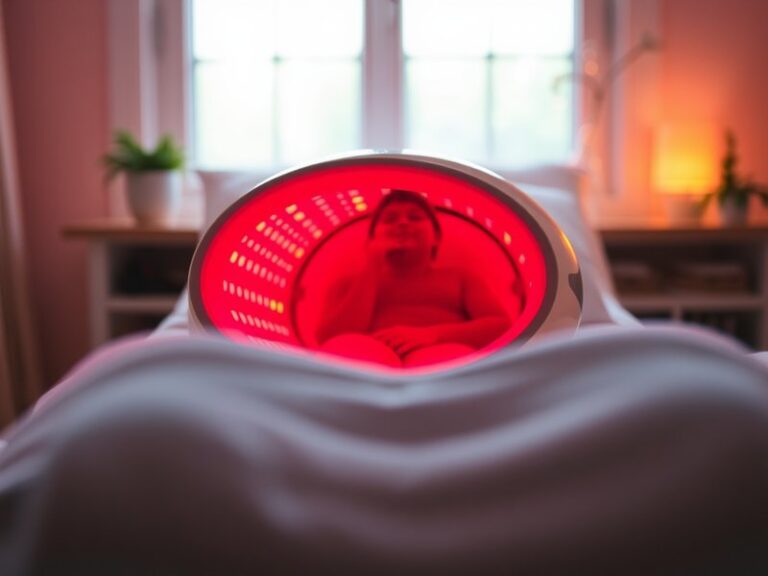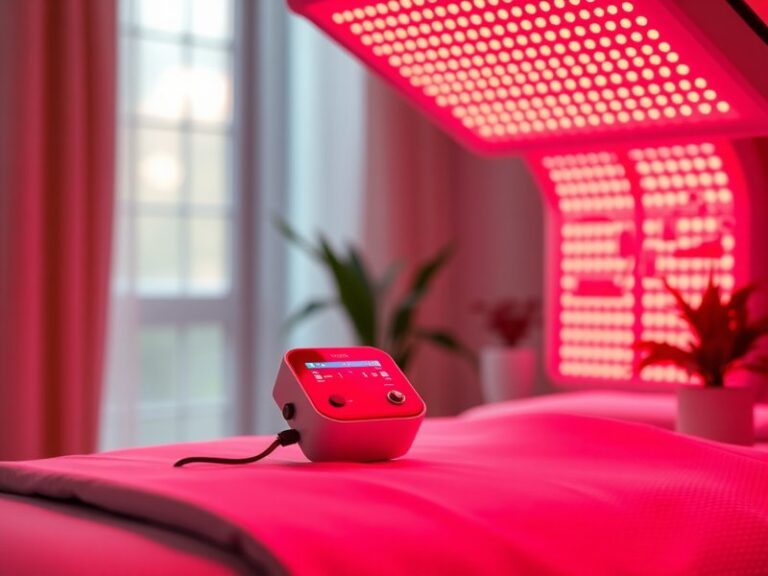Can Red Light Therapy Help Tinea Versicolor?
Can Red Light Therapy Help Tinea Versicolor?
Have you ever noticed uneven patches on your skin and wondered what causes them? Tinea versicolor, a common skin condition, can lead to frustrating changes in skin pigmentation. As interest in alternative treatments continues to grow, many are exploring whether red light therapy might offer a solution. This article will delve into the potential of red light therapy for managing tinea versicolor, examining its benefits, considerations, and alternative options.
Key Takeaways
- Red light therapy may have potential benefits for skin conditions, including tinea versicolor.
- Treatment is generally safe, non-invasive, and can be used at home or in professional settings.
- It’s essential to consider individual factors and consult with healthcare professionals before starting treatment.
What is Tinea Versicolor?
Tinea versicolor is a fungal infection of the skin characterized by discolored patches or spots caused by an overgrowth of a type of yeast that lives on the skin. This condition is often more noticeable in warm, humid climates and can affect people of all skin types. While not contagious, it can lead to self-consciousness and stress due to its visual impact.
Discover our insights Can Red Light Therapy Help Jowls?
The condition usually appears as light or dark patches that may become more pronounced with sun exposure. Tinea versicolor can fluctuate with changes in climate and health, making it a recurrent issue for many individuals.
Causes of Tinea Versicolor
Tinea versicolor is generally caused by an overgrowth of the Malassezia yeast, which is naturally present on the skin. Factors that can contribute to its development include:
- Oily skin or excessive sweating
- Hormonal changes
- Certain medications including corticosteroids
- A weakened immune system
What are the Benefits of Red Light Therapy?
Red light therapy is a form of low-level laser therapy (LLLT) that uses specific wavelengths of light to stimulate cellular processes. This treatment has gained popularity for various skincare benefits, including its potential effectiveness for tinea versicolor.
The following points explore the advantages of using red light therapy for this skin condition.
Promotes Healing and Reduces Inflammation
Red light therapy can enhance skin healing by increasing blood circulation and reducing inflammation. This process may help to calm the skin and reduce the visible signs of tinea versicolor.
Supports Skin Regeneration
The therapy encourages cellular regeneration, which can aid in restoring the skin’s natural pigment balance. Over time, patients may notice an improvement in the appearance of discolored patches.
Safe and Non-Invasive
One of the significant advantages of red light therapy is its non-invasive nature. Unlike some traditional treatments, it doesn’t involve harsh chemicals or surgical procedures, making it a safer option for many individuals.
Home Treatment Options Available
With the rise of at-home devices, accessing red light therapy has become more convenient. Users can incorporate it into their daily skincare routine without needing frequent professional visits.
Is it Possible to Use Red Light Therapy for Tinea Versicolor?
Using red light therapy for tinea versicolor is feasible and has shown promise in some cases. However, it is crucial to approach treatment thoughtfully and consider individual skin responses and needs.
What are the Advantages of Red Light Therapy for Tinea Versicolor?
- Non-invasive: Red light therapy can be performed without skin irritation or the need for medication.
- Quick sessions: Treatments are usually brief, making it easy to incorporate into a busy schedule.
- Minimal side effects: Most people tolerate the therapy well with few reported side effects.
What are the Disadvantages of Red Light Therapy for Tinea Versicolor?
- Variable results: Not everyone may experience the same benefits, and some may find the therapy ineffective.
- Cost considerations: While some at-home devices are available, professional treatments can be costly over time.
- Time commitment: Consistent therapy over several weeks or months may be necessary to see results.
What are the Things to Consider Before Starting Red Light Therapy?
Before embarking on a red light therapy regimen for tinea versicolor, it’s essential to consider several factors.
Skin Sensitivity
Individuals with sensitive skin should evaluate their tolerance to light therapy, as reactions can vary. Consulting with a dermatologist can provide personalized guidance.
Underlying Conditions
For those with other skin conditions or complicated medical histories, discussing the use of red light therapy with a healthcare provider is vital.
Combining with Other Treatments
If using other treatments for tinea versicolor, it’s crucial to understand how red light therapy may interact. A healthcare professional can provide tailored strategies for optimal results.
What are the Alternatives to Red Light Therapy?
There are various alternatives to red light therapy for managing tinea versicolor that individuals may consider.
Topical Antifungal Treatments
Over-the-counter antifungal creams, shampoos, or lotions are commonly prescribed to combat the yeast causing tinea versicolor. These treatments can effectively manage symptoms and reduce recurrence.
Chemical Peels
Some individuals opt for chemical peels, which help exfoliate the skin and promote even pigmentation. This treatment can lead to a brighter and more uniform skin tone.
Oral Antifungal Medication
For severe cases of tinea versicolor, dermatologists may suggest oral antifungal medications, offering a more aggressive approach to treatment and management.
Natural Remedies
Various natural remedies, such as tea tree oil and apple cider vinegar, may offer benefits for some individuals. However, these should be used with caution and ideally under the guidance of a professional.
Conclusion: Is it Recommended to Use Red Light Therapy for Tinea Versicolor?
In summary, red light therapy presents a potential avenue for managing tinea versicolor, offering several benefits, including safe and non-invasive treatment options. However, individual results can vary, and factors such as skin sensitivity, underlying conditions, and ongoing treatments must be considered. Consulting a healthcare professional is essential to developing a comprehensive approach tailored to your specific needs.
Frequently Asked Questions
Can red light therapy cure tinea versicolor?
While red light therapy may improve the appearance and management of tinea versicolor, it is not typically described as a cure. Individual experiences will vary based on several factors.
How often should I undergo red light therapy for skin conditions?
The frequency of therapy sessions can vary. Typically, sessions may range from 2-3 times per week, but it’s best to seek guidance from a professional for personalized recommendations.
Are there any side effects associated with red light therapy?
Red light therapy is generally regarded as safe, with minimal side effects. However, some individuals may experience redness or irritation after treatment.
Can I use red light therapy in conjunction with other treatments for tinea versicolor?
Yes, red light therapy can often complement other treatments. However, it’s crucial to consult your healthcare provider to avoid potential interactions and get personalized advice.
For the full story, read Daily Red Light Therapy?
How long does it take to see results from red light therapy?
Results can vary based on individual skin type and condition severity. Many may begin to notice improvements within a few weeks, but consistent use is usually necessary for optimal results.
